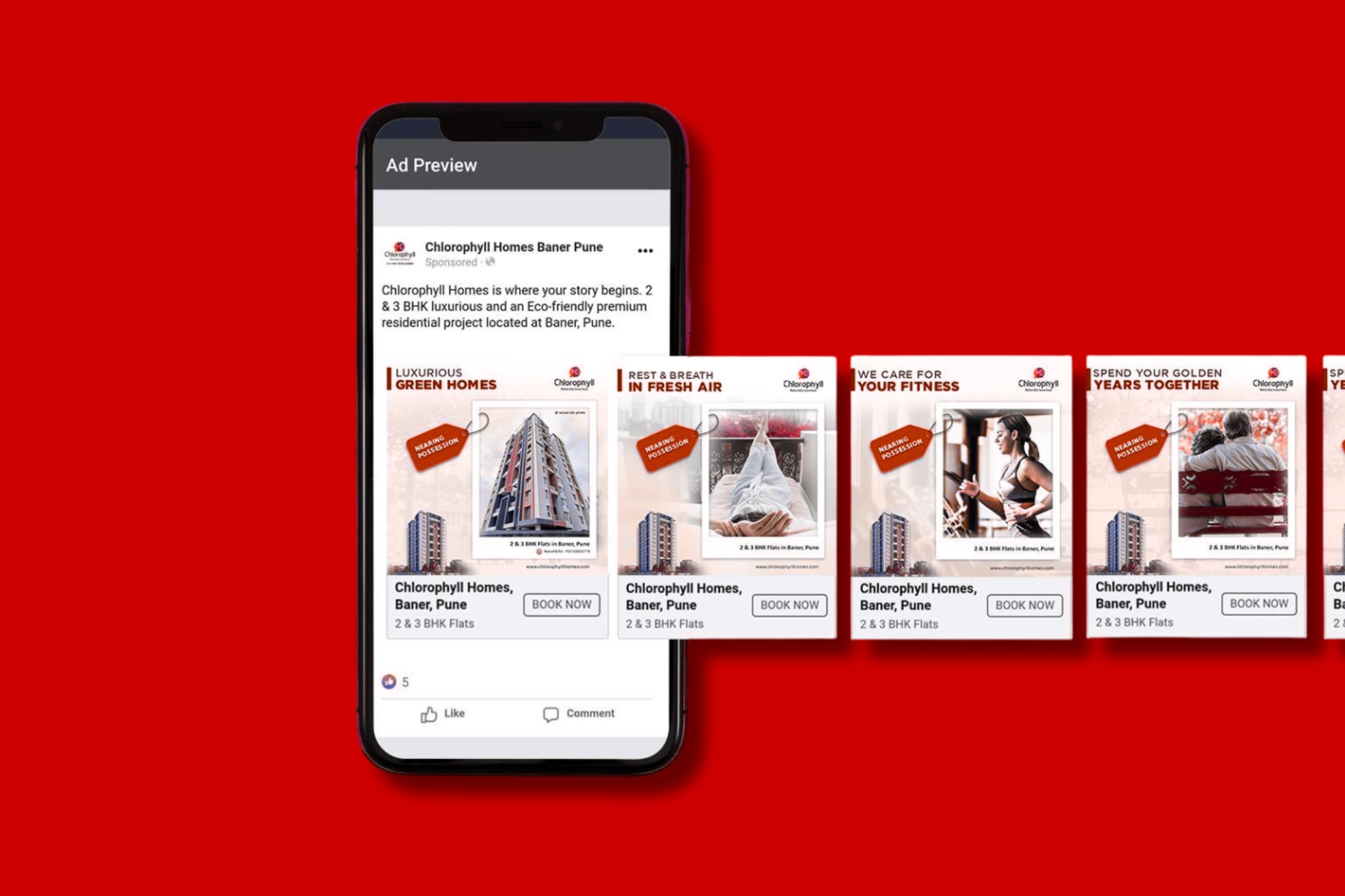In the digital age, having a website is crucial for the success of small and medium-sized enterprises (SMEs). A well-designed website not only helps you reach a broader audience but also establishes credibility and can drive sales. If you’re an SME owner looking to create a website but don’t know where to start, this guide will walk you through the essential steps to get your site up and running.
1. Define Your Website’s Purpose
Before diving into the technical aspects, clarify the purpose of your website. Is it to showcase your products or services, provide information, or facilitate online sales? Understanding your website’s goals will guide the design and functionality, ensuring it meets your business needs.
2. Choose a Domain Name
Your domain name is your website’s address on the internet. Choose a domain name that is easy to remember, reflects your business name or industry, and is relevant to your target audience. Ensure it’s short, simple, and free of special characters. Use domain registration services like GoDaddy, Namecheap, or Google Domains to purchase and register your domain.
3. Select a Web Hosting Provider
Web hosting is the service that stores your website’s files and makes them accessible on the internet. Choose a reputable hosting provider that offers reliable performance, customer support, and scalability options. Popular hosting providers include Bluehost, SiteGround, and HostGator. Consider factors such as uptime, load speed, and security when making your decision.
4. Plan Your Website’s Structure
Outline the structure of your website, including the main pages and their hierarchy. Common pages for SMEs include:
- Home: An overview of your business and what you offer.
- About Us: Information about your company’s history, mission, and team.
- Products/Services: Detailed descriptions of your offerings.
- Contact Us: Contact information and a form for inquiries.
- Blog: Optional, but useful for sharing industry insights and updates.
Create a sitemap to visualize the layout and ensure a logical flow for your visitors.
5. Design and Develop Your Website
You can design your website yourself using website builders like WordPress, Wix, or Squarespace, which offer user-friendly templates and drag-and-drop functionality. If you prefer a custom design, consider hiring a web designer or developer to create a unique site tailored to your brand.
When designing your website, focus on:
- User Experience (UX): Ensure easy navigation and a responsive design that works on all devices.
- Visual Appeal: Use high-quality images, consistent branding, and a clean layout.
- Content: Write engaging and relevant content that aligns with your audience’s needs and search intent.
6. Optimize for Search Engines
Search Engine Optimization (SEO) helps improve your website’s visibility on search engines like Google. Implement SEO best practices, including:
- Keyword Research: Identify and use relevant keywords in your content.
- Meta Tags: Optimize meta titles and descriptions for each page.
- Alt Text: Add descriptive text to your images.
- Mobile-Friendliness: Ensure your site is responsive and loads well on mobile devices.
7. Set Up Analytics
To track your website’s performance and understand your visitors’ behavior, set up analytics tools like Google Analytics. This will help you monitor traffic, user engagement, and conversion rates, allowing you to make data-driven decisions to improve your site.
8. Launch and Promote Your Website
Once everything is set up and tested, it’s time to launch your website. Announce your launch on social media, through email newsletters, and via any other marketing channels you use. Encourage customers to visit your site and provide feedback.
9. Maintain and Update Regularly
A website is not a one-time project but an ongoing process. Regularly update your content, check for broken links, and make improvements based on user feedback and analytics data. Regular maintenance ensures your site remains secure and relevant.
Conclusion
Starting a website for your SME can seem daunting, but breaking it down into manageable steps makes the process smoother and more achievable. By defining your website’s purpose, choosing the right domain and hosting, designing thoughtfully, optimizing for search engines, and maintaining your site, you can create a powerful online presence for your business. Embrace the opportunities a website offers and leverage it to drive growth and success for your SME.




